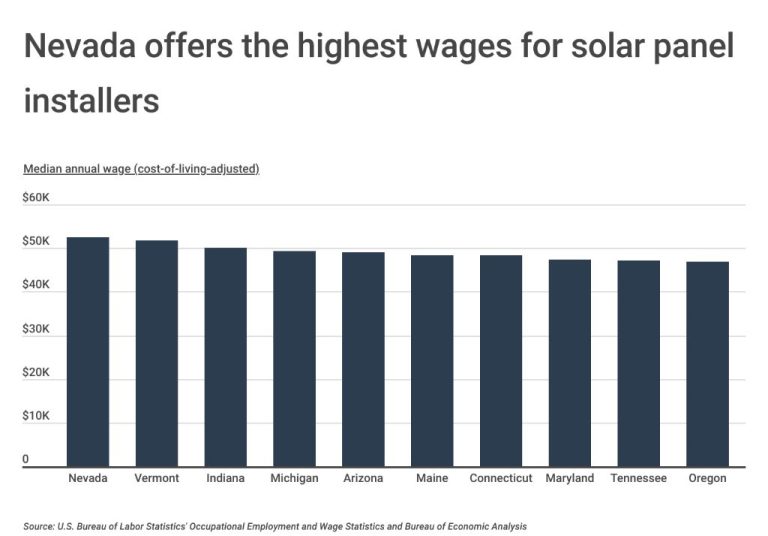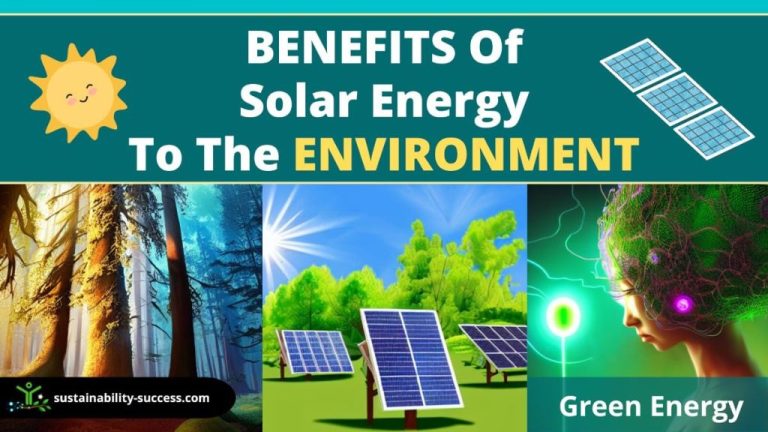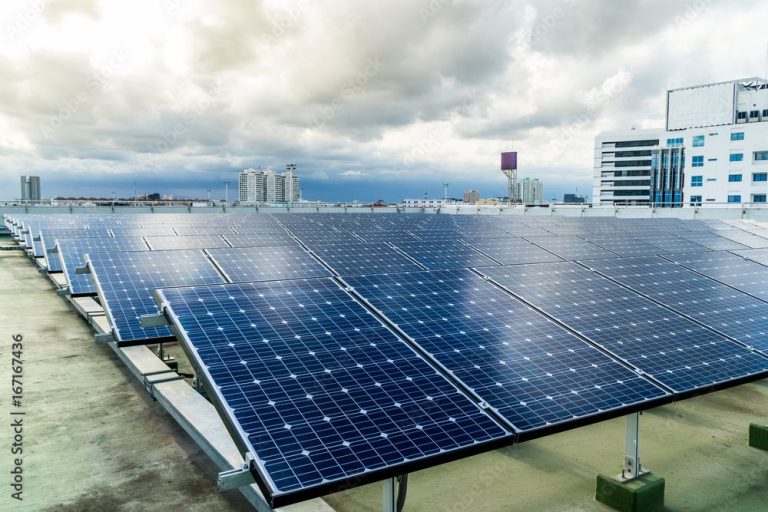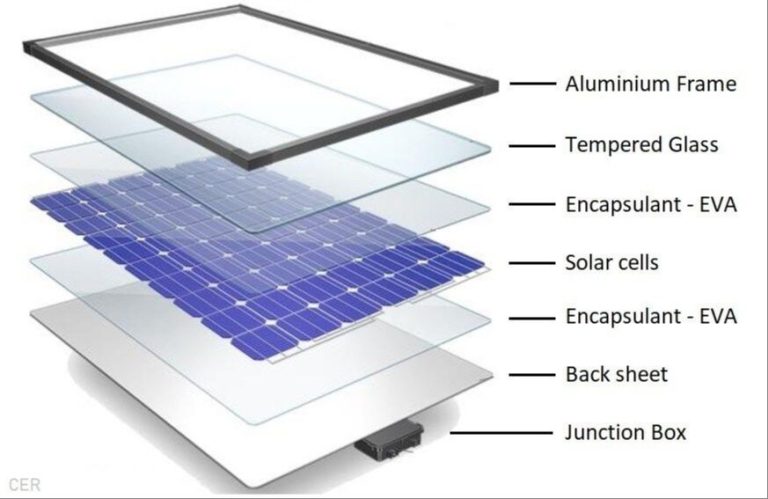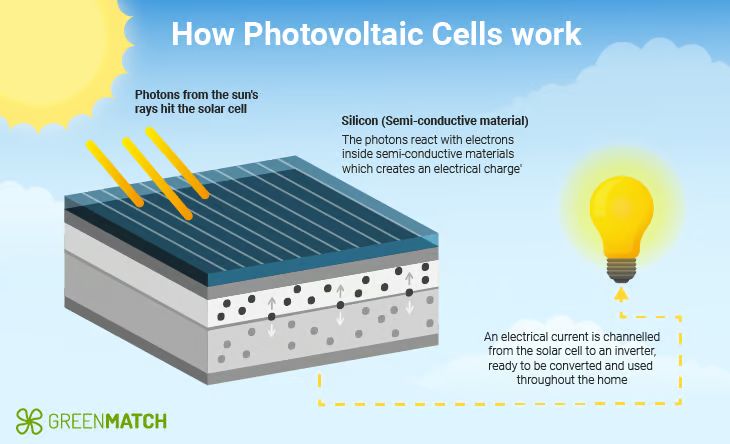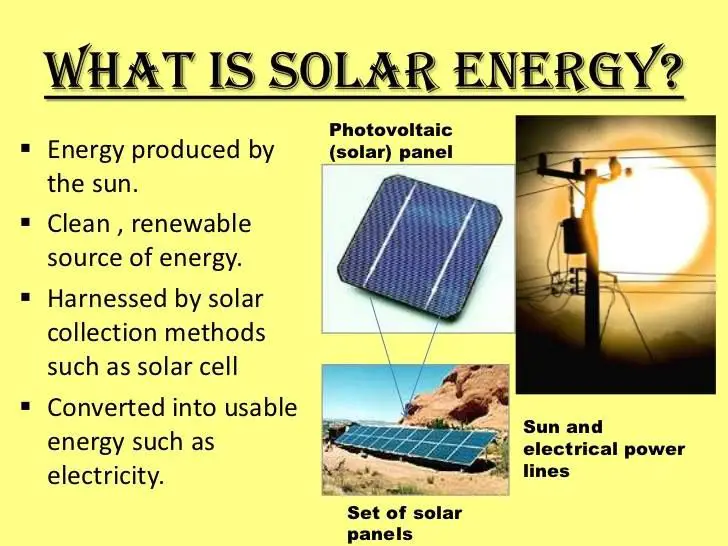What Is The Downside Of Solar Panels On A House?
Upfront Costs
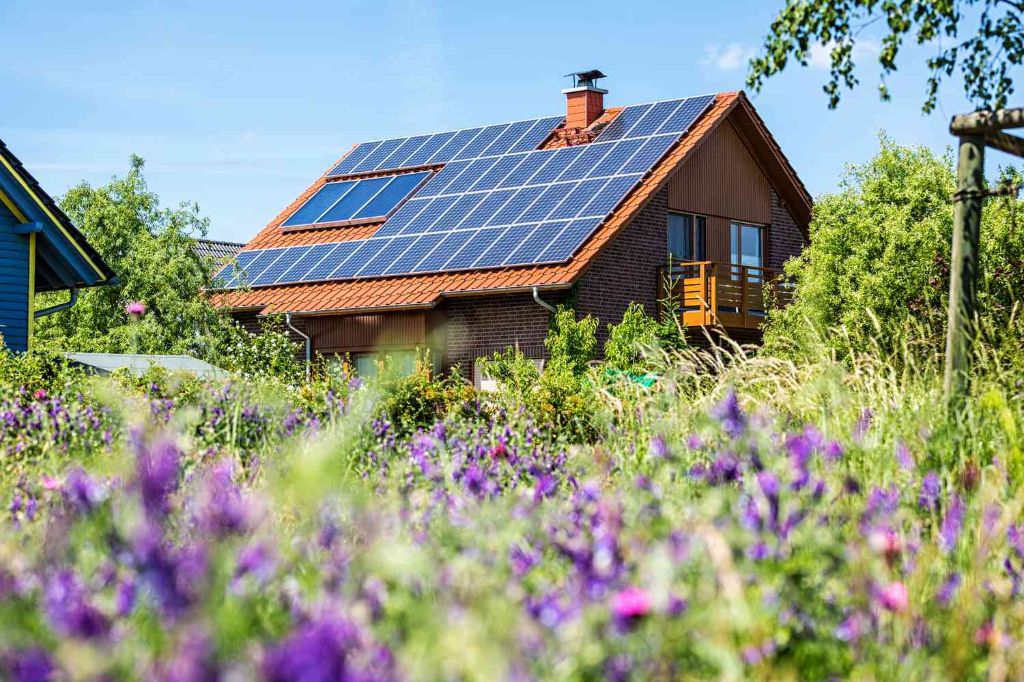
One of the biggest downsides of installing solar panels on a house is the high upfront costs compared to other energy sources. Purchasing and installing a solar panel system can cost $10,000 to $25,000 depending on the size of your home and how much electricity you use. This is significantly more expensive than simply paying an electric bill each month. While solar panels can save money over time, the initial investment is steep and requires homeowners to have sufficient savings, arrange financing, or take out a solar loan.
In addition to purchasing the solar panels themselves, there are soft costs like permits, grid connection, inspection fees, and installation labor. Most homeowners hire a solar company to design a system for their home and install it. While helpful, this adds to the total costs. There are also costs associated with the inverter, racking equipment and electrical wiring. All of these expenses add up quickly.
Compared to simply turning on a light switch that is powered through the electric grid, installing solar panels requires a hefty upfront investment from homeowners. For many households, these lofty initial costs can make going solar seem out of reach financially.
Appearance
Some homeowners find solar panels to be visually unappealing on certain home styles and roof types. The dark color and industrial look of traditional solar panels can seem out of place on homes with lighter colored roofs or more ornate architectural styles. This is especially true for neighborhoods with cohesive aesthetics where solar panels may disrupt the uniform appearance of rooftops.
However, opinions on the appearance of solar panels differ. While some find them unattractive, others see them as stylish or appreciate their environmental benefits over aesthetics. Newer solar roof shingles and tiles aim to blend panels into the roof for a more integrated look as well. But overall, appearance can be a downside for homeowners who feel solar panels detract from their home’s curb appeal.
According to a study by the Eco Experts, 29% of people find solar panels unattractive, while 61% find them neutral or appealing [1]. Discussions on Quora also highlight mixed opinions on solar panel appearance [2]. So while panels may not appeal to all home styles and preferences, perceptions on their aesthetics continue to shift.
Maintenance
Solar panels require regular cleaning and maintenance to operate at peak efficiency. Dust, dirt, pollen, bird droppings and other debris can accumulate on the panels, blocking sunlight from reaching the solar cells. According to industry experts, solar panels lose around 0.5% of their efficiency each year if not properly maintained1.
It’s recommended to clean solar panels at least 2-4 times per year. This typically involves spraying the panels with water to dislodge debris and wiping them down with a soft brush or microfiber cloth. Homeowners may choose to hire a professional solar panel cleaning service, which costs $100-250 on average per cleaning for a residential system2. DIY cleaning can save money but carries risks of damage if not done properly.
Beyond scheduled cleanings, solar panels and equipment should be inspected at least annually for damage, wear and tear, corrosion, loose wiring and other maintenance issues. Replacing or repairing solar components like inverters over the system’s 25-30 year lifespan may also be needed. Properly maintaining solar panels helps ensure they generate clean, renewable energy for decades.
Efficiency Issues
While solar panels can generate a significant amount of energy, there are several factors that impact how efficiently they operate (Source 1). The three main issues that affect solar panel efficiency are roof direction, shading, and weather.
The direction a roof faces impacts how much sunlight hits the solar panels. South-facing roofs get the most exposure to direct sunlight in the northern hemisphere. Panels facing east and west still get good sunlight, while north-facing panels get the least. To maximize efficiency, solar panels work best when pointed directly at the sun.
Shading is also detrimental to solar output. Even a little bit of shade from trees, chimneys, or other buildings can drastically reduce how much energy solar panels produce. Solar installers carefully evaluate shading and may recommend tree trimming to avoid shadows (Source 2).
Weather and climate play a major role as well. Solar panels operate better in cold weather than hot. Cloudy days lead to lower efficiency. Rain, snow, and dirt also cut down on production until panels are cleaned. Location is key—sunnier climates will generate more solar power year-round.
Roof Damage
Installing solar panels on your roof can potentially lead to roof leaks and damage if not done properly. The panels and mounting equipment add weight that the roof must support (cite: Ecoflow). Older or weaker roofs may not be able to handle this extra load. Improper installation can also lead to penetrations in the roof surface that allow water intrusion and leaks. If the roof underneath the solar installation needs repairs or replacement down the road, removing the solar system can cause further damage and complications. However, a solar installation does not have to damage a roof if done correctly. A structural assessment can determine if the roof can handle the additional weight load. Proper equipment, flashing, and sealing during installation can prevent leaks (cite: Simpleray). Regular inspections and maintenance can also catch any issues early before significant damage occurs.
Resale Value
Recovering the upfront costs of installing solar panels by selling the home can be challenging. According to Consumer Reports, solar panels typically cost between $10,000 and $25,000 to install, but only boost the sale price by about $4,500 on average. It varies based on your location and housing markets. California, where many homes already have solar panels installed, might see as much as a $7,700 increase to home value. East coast homes may see little-to-no increase (source).
A national study by Lawrence Berkeley National Laboratory found that for every $1 reduction in annual utility bills from solar panels, a home’s value only increased by $0.20-0.25 on average. This means it would take many years to fully recoup solar installation costs through increased resale value alone (source).
Additionally, solar incentives, rebates and tax credits don’t transfer to a new homeowner. This further reduces the financial benefit that solar panels add when selling the home.
Weather Dependence
One downside of solar panels is that their output depends heavily on the weather and season. Solar panels produce less electricity on cloudy days when less sunlight reaches the panels. According to Sunrun, solar panels generate little to no electricity at night or on very overcast days.
Solar panels also generate significantly less electricity in the winter months when the days are shorter and sunlight hits the panels at a lower angle. Research shows solar panels typically produce 40-60% less energy in the winter compared to the summer. For example, a study by Lighthouse Solar found their solar array generated 60% less electricity in December and January versus July and August.
This dependence on sunny weather and long summer days means homeowners with solar panels may still need to rely heavily on the grid for electricity during cloudy stretches or winter months. Battery storage systems can help mitigate this issue by storing excess solar energy for use at night or during cloudy periods, but they add substantially to the overall cost.
End of Life Disposal
While solar panels can last over 20 years, eventually they do need to be replaced as their efficiency declines over time. Most solar panels are composed of silicon, polymers, glass, aluminum, copper, and other resource intensive materials. Historically, there have been few good options for recycling solar panels. Many end up sitting in warehouses or worse, landfills. Some panels contain heavy metals like lead and cadmium that can contaminate soil and groundwater if not disposed of properly.
Sending solar panels to landfills is problematic, both from an environmental and resource utilization standpoint. Many regions lack the facilities and processes needed to recycle solar panels safely and effectively. More recycling infrastructure and improved panel designs that facilitate recycling are needed to address this issue. Ultimately, a “cradle to cradle” approach is desired, where panels are made from safe, reusable materials and returned for new panel manufacturing at end of life.
Electricity Storage
One downside of solar panels is that they cannot directly store excess electricity generated for later use. Solar panels produce direct current (DC) electricity that flows instantly into your home electrical system and appliances. Any excess electricity that isn’t used right away gets sent back into the utility grid. This means if your solar panels produce more energy than your home is using during the day, you don’t have a way to store and use that surplus energy at night unless you have an energy storage system.
Adding a home battery storage system is an optional additional investment when installing solar panels. Battery storage allows you to store the extra solar electricity generated during the day for use at night. This increases self-consumption of the solar energy and reduces reliance on the grid. However, home battery systems are expensive, costing anywhere from $5,000 to $20,000 installed depending on capacity. Many homeowners decide this investment doesn’t make economic sense yet. But as battery costs decline over time, pairing storage with solar will become more viable.
Without a battery, solar panels alone don’t provide backup power if the grid goes down. And any excess daytime solar production gets sent to the grid. So electricity storage remains a downside of solar panels for homeowners who want energy independence and backup power.
Long Payback Period
Installing solar panels represents a significant upfront investment that can take many years to recoup through energy savings. The average solar panel payback period is between 6 and 10 years, meaning it takes that long to recoup the initial costs through lower electricity bills. Some homes may experience even longer payback periods of 10-15 years depending on electricity rates, amount of sun exposure, and system size and costs. This long payback period means you may not see a return on your solar investment for over a decade. Payback periods are also sensitive to changes in electricity rates and government incentives, adding uncertainty.
Variables like your location, electricity costs, and system specifications will determine your specific payback timeline. Use an online solar calculator to get an estimate for your home. While solar can provide long-term savings, the prolonged payback period makes financial sense for some homeowners more than others. Weigh the payback time against how long you plan to live in your home.

